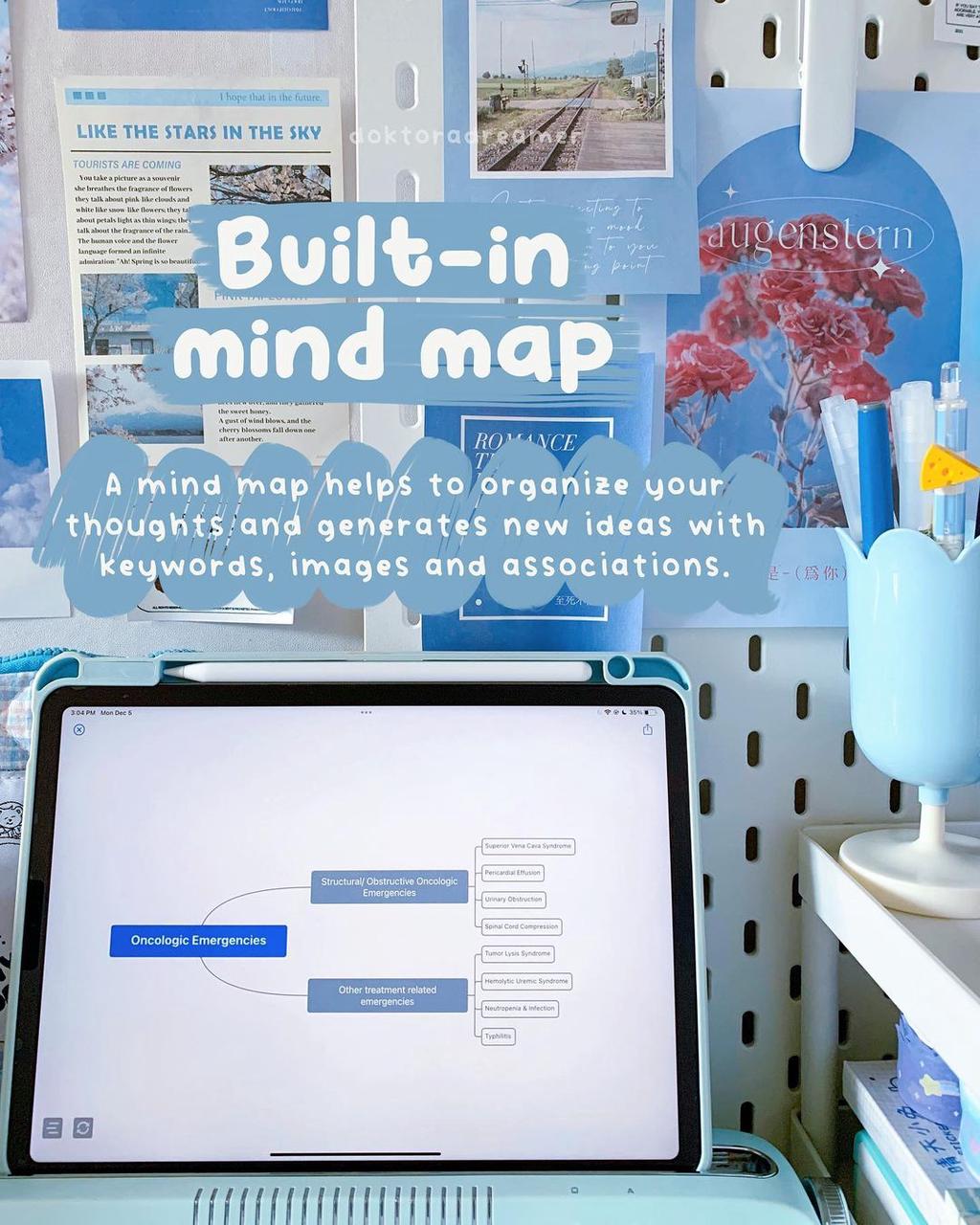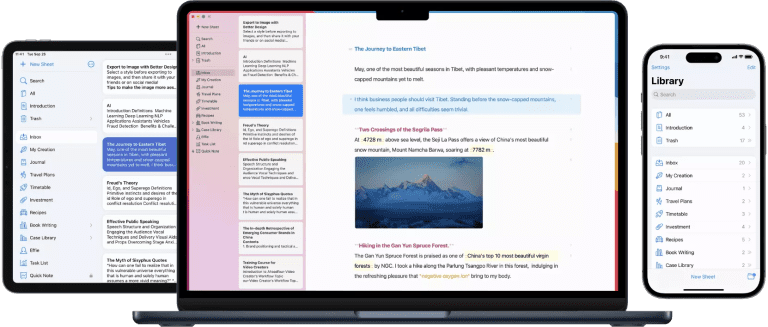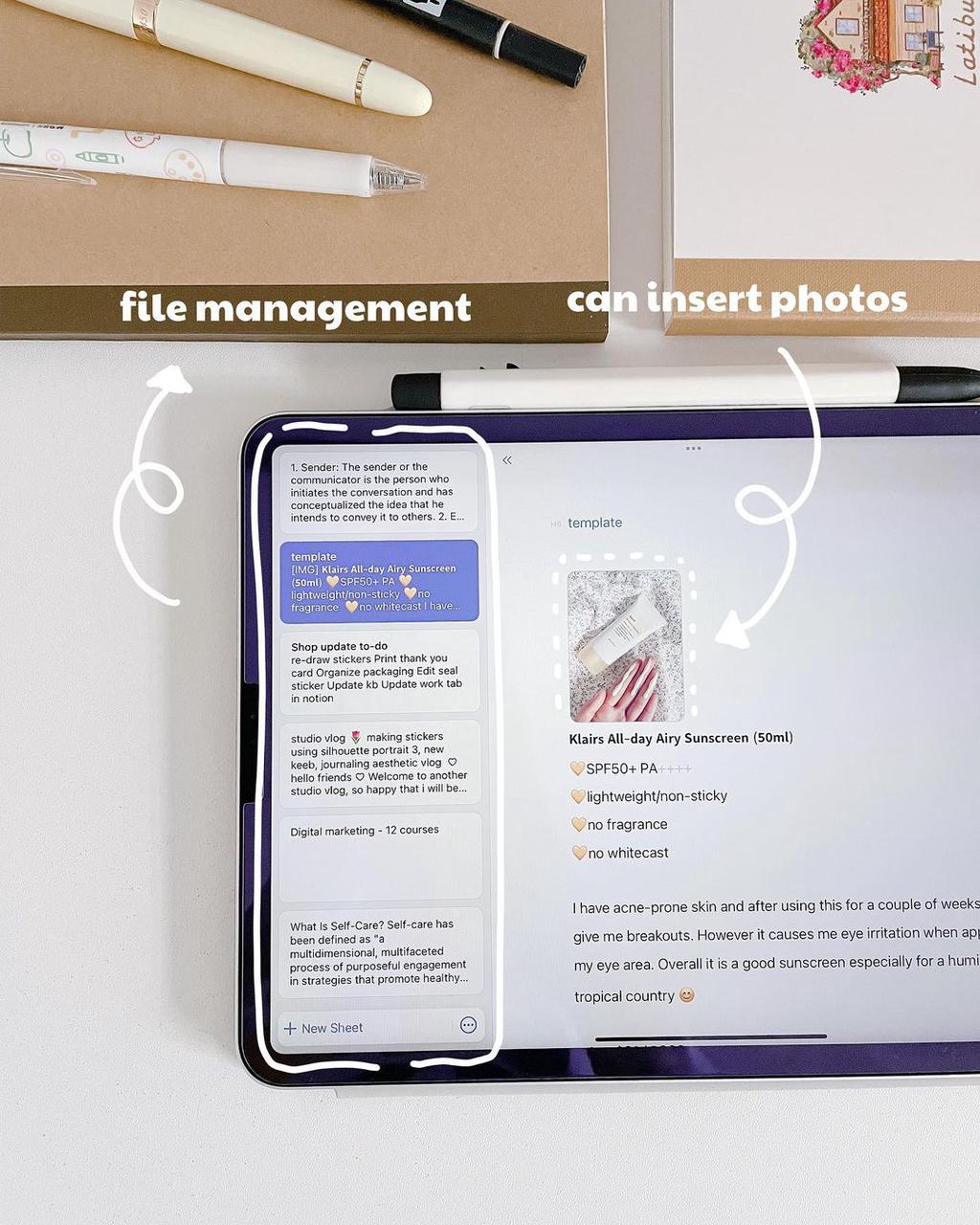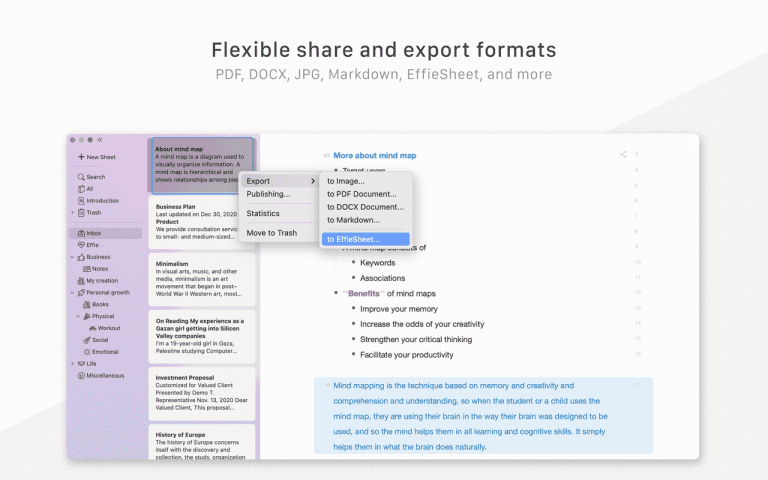How to Mind Map Notes: Boost Your Learning Skills
Today, in the fast moving world students need to adapt new things faster. Old school learning may not be enough anymore! However, there is an effective weapon at the disposal of pupils and it can change the way they learn through notes — mind map. With its emphasis on visual engagement, this approach is actually gaining steam with students and teachers.
Mind mapping is a way to organize information and ideas in a visual way. It uses keywords, colors, symbols, and images to show how different ideas are connected. This method is different from just writing down notes because it uses the brain’s natural way of processing information.
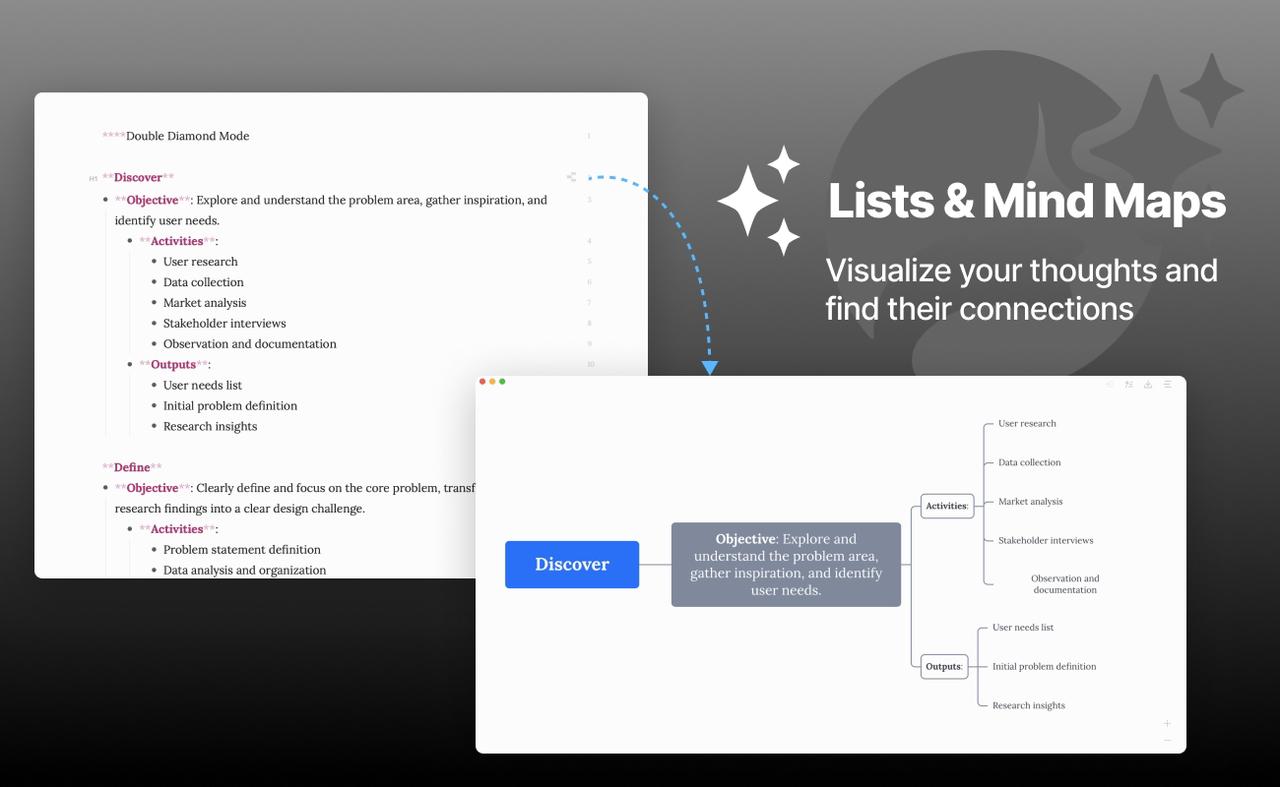
There is research that has shown how mind mapping techniques can work wonders with learning and retention of important stuff. Studies have shown that the use of words and pictures together in mind maps is far superior to just words. Not to mention, visual aids in the classroom can improve learning by well over 400%.
Key Takeaways
- Mind maps are picture-based notes that sort info and boost recall. This way of jotting things down uses images to make learning stick better.
- Mind maps use keywords, colors, symbols, and imagery to create a dynamic and interconnected representation of related concepts.
- Tests found mind maps boost learning big time – like 4 times more! Pictures help you remember things 6 times better than just words. So mind maps really work for keeping info in your head.
- Mind maps work for lots of school stuff. You can use them to plan essays, study for tests, come up with ideas, and make presentations. They’re handy for all kinds of learning tasks.
- Digital mind mapping tools, like Effie, offer additional features to enhance the learning experience, such as image libraries, sharing options, and expand/collapse functions.
What is Mind Mapping?
Mind maps show your thoughts in pictures. They’re not like normal notes. You use colors, pictures, and symbols to make them. This helps your brain see ideas better. These elements help create a map of ideas that branch out from a central point.
This method is great because it mirrors how our brains work. It helps us remember and use information better. Studies show that mind mapping can boost memory by up to 400%.
The Benefits of Mind Mapping
- Boosts creativity and idea generation by linking concepts
- Makes it easier to stay focused and productive by highlighting key points
- Helps understand and remember complex topics better with visual aids
- Gives a clear overview of a subject, making it simpler to review and recall
The Science Behind Mind Mapping
Mind mapping taps into our brain’s visual processing. People can recognize images with 85-95% accuracy. This makes visual note-taking a strong tool for learning.
At Johns Hopkins University, research showed that mind mapping can increase student grades by 12%.
For those with dyslexia or autism, mind mapping is especially helpful. The British Dyslexia Association sees it as a valuable tool. It helps them grasp concepts better because of its visual nature.
Mind maps offer a broad view of a topic, aiding in review and recall. This visual method encourages focusing on idea connections, not just gathering lots of information. It leads to more meaningful and fewer notes.
Benefits of Mind Mapping for Students
Mind maps help kids learn better. They match how our brains think naturally. This trick makes it easier for students to remember what they study. This method is especially good for those who learn best by seeing things.
Research shows mind mapping techniques can make you remember things up to 400% better than just taking notes. This is because it uses colors, images, and shapes that the brain likes more. It also saves time by focusing on the most important words and ideas.
Mind mapping also helps students come up with new ideas. It makes connections between different ideas, which helps students think more creatively. Kids can use mind maps for lots of things. They’re good for coming up with ideas, planning papers, and making cool presentations. These maps help with all kinds of schoolwork.
“Mind mapping can improve the quality, structure, and coherence of written work for students, as per a study.”
Mind mapping is useful in many ways for students. It helps with note-taking, studying, planning projects, and coming up with ideas. This visual learning method can really help students do better in school and succeed in their studies.
How to Mind Map Notes
Creating a mind map starts with a central theme or idea. Then, you branch out with related concepts. This visual method boosts learning and helps remember information better.
Start with a Central Theme
Place the central theme or idea in the middle of the page. This core concept is the heart of your mind map. It’s where your associations and sub-topics begin.
Radiate Branches for Associations
From the central theme, create curved branches that spread out. These branches show the main associations or sub-topics. Use single keywords or short phrases to label each branch, keeping them concise and memorable.
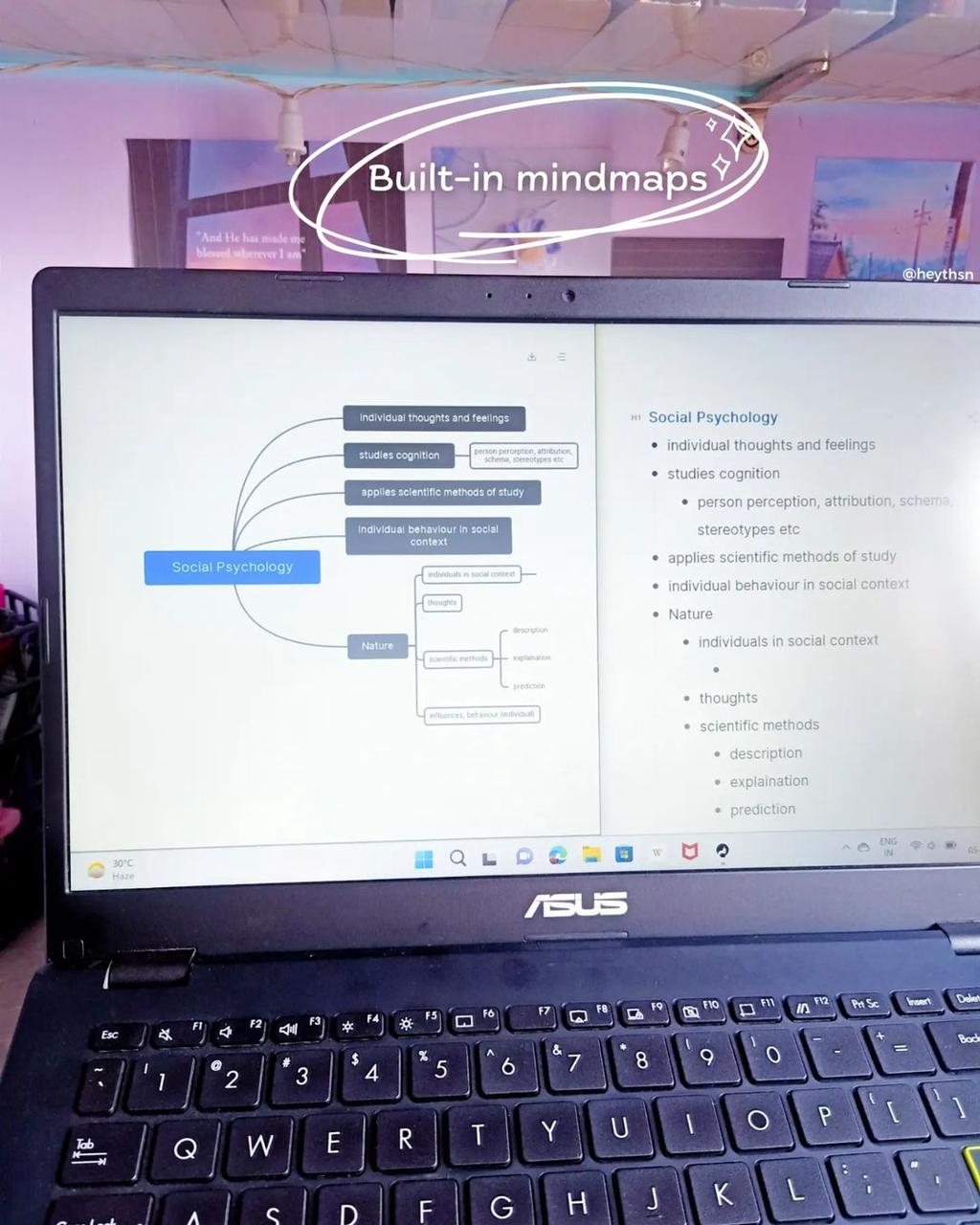
Incorporate Visual Elements
Add symbols, images, and colors to make your mind map visually appealing. These elements help connect ideas and improve memory recall.
By following these steps, you create a mind map that’s both informative and engaging. It helps you understand relationships between concepts and enhances your learning experience.
| Mind Mapping Technique | Benefits |
|---|---|
| Library Maps | Summarizing a lecture or class for review before final exams |
| Brace Maps | Understanding part-to-whole relationships, like labeling parts of a physical object |
| Flow Chart Maps | Process optimization and problem-solving scenarios |
| Idea Jamming Maps | Generating ideas for creative projects or finding solutions to challenges |
How to Mind Map Notes: Boost Your Learning Skills
Mind mapping is a great tool for students. It helps them do well in many school tasks. This method makes learning better by organizing thoughts and ideas.
Versatile Applications of Mind Mapping
Mind mapping is good for many things. Students can use it for:
- Planning essays and organizing thoughts
- Studying for exams and remembering important info
- Brainstorming methods to come up with new ideas for projects and presentations
- Breaking down big problems into smaller parts
- Creating clear and engaging presentations
Enhancing the Learning Experience with Digital Mind Mapping Tools
Digital mind mapping tools, like Effie, have made learning even better. They offer features like:
- Access to lots of images to help with memory improvement
- Easy ways to share and collaborate on projects
- Tools to make large mind maps easier to manage
These tools have become very popular, especially during the pandemic. Schools all over the world have seen more students using them.
By using mind mapping techniques and tools like Effie, students can reach their full potential. It makes learning more fun and helps them do better in school.
Examples of Mind Maps for Students
Mind maps are a great study tool for students in many subjects. They help students learn better and do well in school. By showing different mind maps, we can see how they help students learn and improve.
Mind Mapping for Essay Planning
Mind maps are super helpful for planning essays. They organize ideas, arguments, and examples in a clear way. This makes writing essays easier and more focused.
Mind Mapping for Exam Revision
Mind maps are also great for studying for exams. They help students remember lots of information by showing key points and connections. This makes studying more effective and helps students remember better during exams.
Mind Mapping for Creative Brainstorming
Mind maps let students think freely and make new connections.Mind maps work great for thinking up new project plans. They help you solve problems differently and see stuff from new angles.
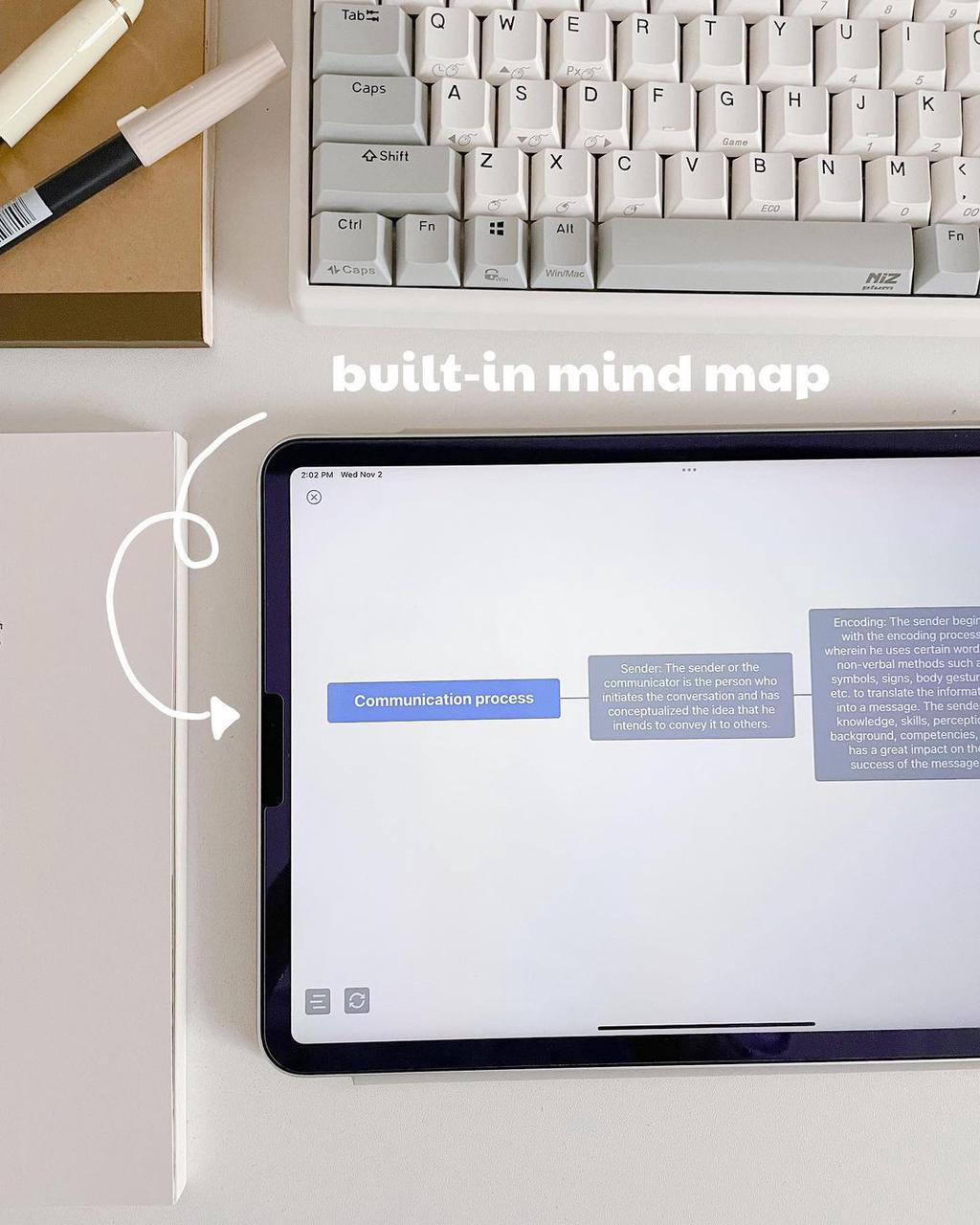
Conclusion
Mind mapping techniques are a game-changer for students. These maps make learning easier. They help you take better notes, remember more, and focus on key stuff. It’s a cool way to think outside the box and get new thoughts flowing.
For those who learn better visually, mind mapping is a great choice. It’s a break from the usual note-taking methods. This makes studying more enjoyable and helps in organizing thoughts.
There are over 240 mind mapping programs out there. Different maps do different things. Mind maps help with writing essays, studying for tests, and thinking up ideas for talks. You can use them for lots of school tasks.
Using colors and symbols in mind maps can really get your brain working. It helps you learn and solve problems better. This makes studying more effective and fun.
If you like learning or you’re in school, give mind maps a shot. Use tools like Effie to make them. These maps can help you learn more, study smarter, and come up with new ideas. They’re great for doing well in school and later in life too.
FAQ
What is mind mapping?
Mind maps show ideas in pictures. They help you think up and sort your thoughts. They’re not like normal notes. You use colors, symbols, and images to link different ideas together.
What are the benefits of mind mapping for students?
Mind maps are great for visual learners. They can boost memory by up to 400% with colors and images. They also save time by focusing on key words, making studying easier.
They encourage creative thinking by linking ideas in a natural way.
How do I create a useful mind map?
Begin with a central idea in the middle. Then, create branches for related topics. Use short words or phrases for each branch.
Add symbols, images, and colors to help remember. Keep the layout fun and easy to follow.
How can mind mapping be used for studying?
Mind mapping is useful for many study tasks. It helps with essay planning, exam prep, brainstorming, problem-solving, and presentations. Digital tools add features like image libraries and sharing options.
Where can I find examples of mind maps for students?
You can find examples of mind maps for various subjects. They show how useful this technique is for students.
Source Links
- How to improve study skills with Mind Mapping – Ayoa – https://www.ayoa.com/ourblog/how-can-i-improve-my-study-skills-with-mind-mapping/
- Mind maps guide – https://nulab.com/learn/strategy-and-planning/mind-maps-guide/
- What is a Mind Map? | MindMapping.com – https://www.mindmapping.com/mind-map
- Improve Note Taking with Mind Maps | Mindmaps.com – https://www.mindmaps.com/note-taking-with-mind-maps/
- 13 science-backed benefits of mind mapping | Nulab – https://nulab.com/learn/strategy-and-planning/8-science-backed-benefits-of-mind-mapping/
- 10 Benefits of Mind Mapping – https://ideascale.com/blog/mind-map-advantages/
- What Are The 5 Benefits Of Mind Mapping For Students | MindMaps Unleashed – https://mindmapsunleashed.com/5-benefits-of-mind-mapping
- Top 4 Mind Mapping Methods for Note-Taking (with Examples) | Goodnotes Blog – https://www.goodnotes.com/blog/mind-mapping-methods
- How to Use the Mind Map Note-Taking Method | ClickUp – https://clickup.com/blog/mind-map-note-taking/
- How to Take Effective Notes Using Mind Maps – https://www.edrawmind.com/article/how-to-take-effective-notes-using-mind-maps.html
- How can I improve my study skills with mind mapping? – Mind-Map – https://mind-map.com/how-can-i-improve-my-study-skills-with-mind-mapping/
- Mind Mapping: How To Enhance Your Learning Ability Using Mind Maps – https://talentnook.com/mind-mapping-using-mind-maps-to-enhance-student-learning
- How to improve your learning: The mind map – https://edugoat.medium.com/how-to-improve-your-learning-the-mind-map-948bf9c7082f
- 10+ Amazing Mind Map Examples for Students to Get Inspired – EdrawMind – https://www.edrawmind.com/article/mind-mapping-examples-students.html
- 10 Mind Map Ideas for Students With Templates – https://edrawmind.wondershare.com/mind-map/mind-map-ideas-for-student.html
- 25 Mind Map Examples – What is a Mind Map? Ideas & Tips – https://clickup.com/blog/mind-map-examples/
- 5 Steps to Mind Mapping – https://toweringskills.com/writing/mind-mapping/
- How to Use Mind Map In Writing – A Thorough Guide – https://www.zenflowchart.com/guides/mind-map-in-writing
- What is a mind map? Tips, examples, and templates | Mural – https://www.mural.co/blog/mind-mapping

